How to Invest $50,000 in Dubai in 2025?
.jpg)
Deploying $50,000 in Dubai isn’t just about saving money — it’s about turning liquidity into strategic capital. In 2025, the UAE remains one of the world’s most investor-friendly jurisdictions, offering tax-neutral structures, a strong banking ecosystem, and a high-growth economic environment. For individuals with $50K to allocate, the goal is clear: protect principal, generate returns, and maintain optionality.
Key Factors Before Investing
Before deploying capital, assess:
- Time Horizon: Are you investing short-term (under 12 months), medium-term (1–3 years), or long-term (5+ years)?
- Risk Profile: Are you focused on capital preservation or growth?
- Liquidity Requirements: Can you lock in capital, or do you need access within months?
- Management Style: Active vs passive involvement — are you ready to manage, or prefer hands-off instruments?
1. Short-Term Income via Term Deposits & Sukuks
For conservative investors, Islamic and conventional term deposits in UAE banks offer 4–6% annualized returns, with flexible tenures from 3 months to 2 years. Sukuks (Shariah-compliant bonds) are available via local brokers and banks, offering 5–7% yields with capital protection.
Why invest:
- Regulated returns
- Full AED or USD protection
- High liquidity and rollover options
2. Real Estate Entry Through Off-Plan or Co-Investment
.jpg)
While $50K doesn’t unlock full ownership, it provides access to:
- Off-plan deposits (AED 10–20K) on upcoming units in JVC, Arjan, and Liwan — with 3–5 year payment plans
- Co-ownership models for short-term rental units in high-yield areas (Dubai Marina, Business Bay)
- Real estate crowdfunding regulated by DFSA or ADGM — targeting 8–10% net returns
LNH Properties curates vetted off-plan projects and fractional asset vehicles suited for sub-$100K deployment.
3. Precious Metals Vaulted in DMCC
Dubai is a global bullion hub. Investors can buy physical gold or silver and store it in regulated DMCC vaults. Some platforms also offer tokenized metals for digital access.
- Entry from $1,000
- Acts as an inflation and USD hedge
- Highly liquid and globally accepted
4. Regulated Crypto via VARA or ADGM Platforms
.jpg)
Up to 10–20% of the portfolio can be allocated to digital assets via licensed exchanges such as BitOasis or Matrix. Focus on:
- Bitcoin, Ethereum (Layer 1 protocols)
- Stablecoins (USDT, USDC) with 5–7% staking yields
- Tokenized real estate or infrastructure assets
Caution: Stay within regulated platforms and keep exposure moderate.
5. Fixed-Income Private Notes
Access private lending structures or note programs from DIFC-regulated asset managers yielding 9–12% annually. Some are secured against real estate or corporate receivables.
- Minimums often start at $10,000
- Maturities from 6 to 24 months
- Ideal for passive income seekers
6. Emergency Buffer in AED or USD
Keep $5K–10K in multicurrency accounts (e.g. Emirates NBD, WIO Bank) as dry powder for market entries or personal liquidity. This ensures you don’t sell assets prematurely in case of cash needs.
What Not to Do with $50K?
- Don’t go all-in on speculative crypto or NFTs
- Avoid unregulated "high yield" platforms promising 20%+
- Don’t invest in long lock-in insurance schemes disguised as savings plans
Conclusion
$50,000 isn’t enough for full property acquisition, but it opens access to structured real estate entry, secure income, and diversified plays across crypto, metals, and private credit — all under Dubai’s regulatory umbrella.
LNH Properties supports sub-$100K investors with vetted co-investment models, early-stage real estate entry, and introductions to trusted financial partners in the UAE.
Transform $50,000 into real capital. With Dubai’s infrastructure, regulation, and tax efficiency — every dirham works harder.
